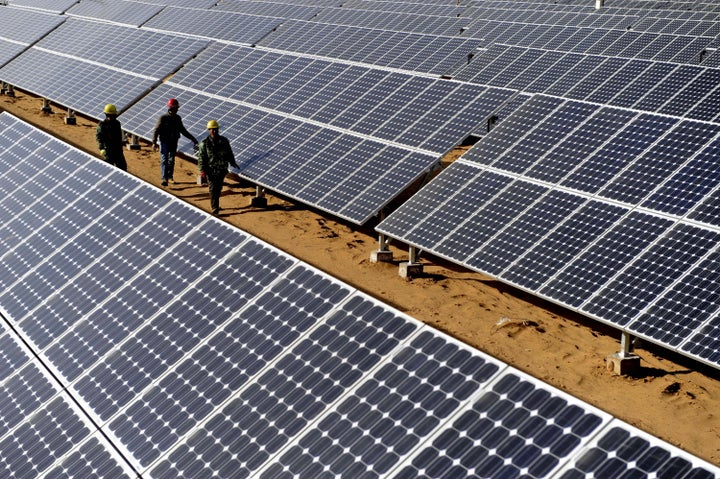
Lost in some of the reaction to the Supreme Court's decision halting a national class action over sex discrimination in Wal-Mart was the high court's opinion, issued on the same day, which stopped some other creative litigation that had come before it: a pair of lawsuits filed by several state governments, the City of New York and private land trusts against five large power companies over greenhouse gas emissions and climate change. The high court deferred to the EPA's plans to regulate in this area, finding that courts should not interfere where the EPA may yet tread. Where a lower federal court had dared to wade into the ever-growing climate crisis, and where other branches of government appear feckless or spineless (take your pick), the Supreme Court put a stop to any judicial efforts to address the coming disaster, ultimately doing what every other federal institution seems to do in this area: kick the can down the road.
Despite the Court's deference to the EPA, the EPA has, as of yet, failed to promulgate regulations that would cover the conduct of the defendants in this area. Dragged kicking and screaming through the courts through much of the last decade, the EPA was forced to address the issue of greenhouse gas emissions and their impact on the environment. The EPA now claims that at some point soon it will issue regulations related to carbon dioxide emissions and power plants. But long before the high court ordered the EPA to take steps in this area, and in the face of such federal inaction, the cases that finally found their way to the Supreme Court were originally filed by the plaintiffs alleging that these defendants' emissions were creating a nuisance under federal and state common law.
Common law, or judge-made law, has been around for as long as there have been courts, and still exists today to fill the gaps were statutes and constitutions are silent. Supreme Court precedent has long recognized the role that the federal common law of nuisance can play in the environmental context, particularly where states are the ones bringing the case. In the absence of EPA action to curb carbon dioxide emissions from power plants -- the agency now promises to propose rules on the subject sometime in 2012 -- eight states sought to flex the legal muscle of a nuisance action to rein in what they alleged are the five largest emitters of carbon dioxide in the country, responsible for 10 percent of greenhouse gas emissions from all sources in the United States.
Yet, in a definitive, 8-0 decision released yesterday, the Supreme Court foreclosed this avenue of redress in the area of air quality and climate change. (Justice Sotomayor took no part in the decision.)
In this decision, the Court held that due to the presence of Congressional directives to the EPA to regulate such emissions, and the promise that the EPA (after the high court directed them to do so in 2007) might just regulate these emissions sometime in the future, federal common law offers no redress to the litigants at this time. Instead of saying that the cases could proceed unless and until the EPA actually issues relevant regulations, such regulations survive litigation through the courts, and they actually go into effect, the high court found no grounds to permit such suits to proceed.
In an odd twist, the Court actually affirmed the lower court's grant of standing to the plaintiffs: the right to bring the action in the first place. Four justices voted to permit the standing. By a quirk in the Supreme Court rules, that aspect of the lower court's decision was affirmed 4-4, "by an equally divided court," in SCOTUS-speak.
Yet all eight justices participating in the decision voted with the majority to reject the suit on the merits: choosing, instead, to defer to the EPA rulemaking process. Here, the judicial activists on the conservative bloc, protecting corporate interests yet again, found allies in the non-judicial activists on the liberal side: i.e., those that believe that government can be a force for good and who actually defer to administrative and legislative decisions whenever feasible. On the conservative-activist side, such deference is atypical; unless, of course, it serves other purposes.
Yesterday, those activists deferred to the EPA; when the inevitable lawsuit comes that challenges what rules the EPA ultimately promulgates, no doubt we can fully expect that deference to disappear.

